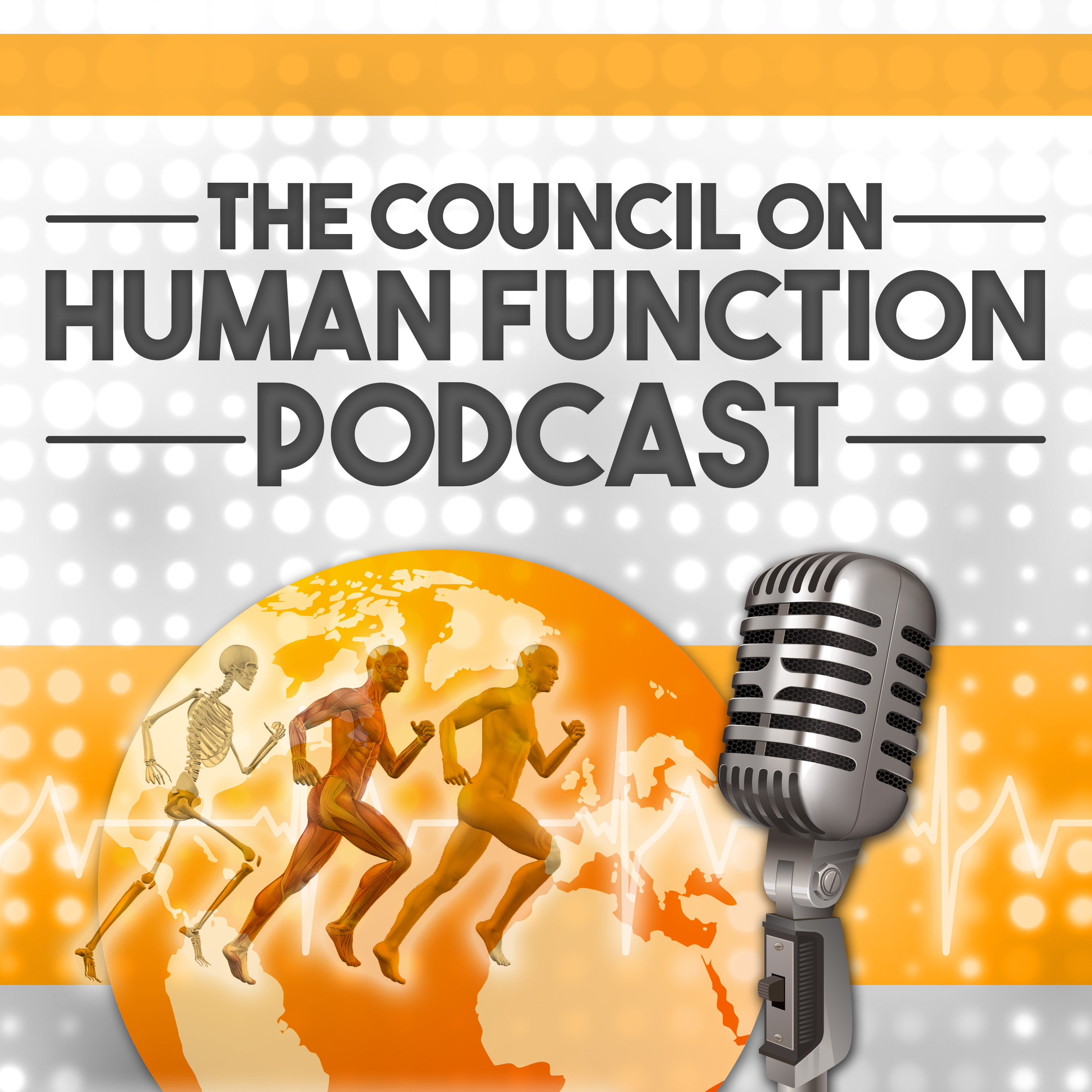Case Presentation: Patient presents with bilateral epicondylitis after performing crawling during an exercise class.
The right side was worse when we were looking at the bilateral epicondylitis. There was pain onset following a high volume crawling exercise class. Pain present for six weeks prior to the session and was unresponsive to other treatments. The pain occurred straight on arm loading which radiated to a small degree into the… And also was radiated with bicep curls. The findings were, there was pain on finger extension and wrist extension, as well as straight arm, long head biceps loading. There was slight dissymmetry to the left, and as well as into the shoulder.
Jeff Frame quickly presents his thoughts on this case presentation.
So obviously being a biomechanist, what we’re gonna look at is the ergonomics here. I guess prior to doing that is… Like Jessica, and Steve, and Brandon all alluded to, is really getting into that deep history about the individual. On the very surface level we say, “Right side is worse.” Okay, is this individual right-handed or left-handed? Occupational, what are they doing all day? Are they using a mouse all day on that right side? Are they sitting all day long? Do they have that forward, rolled shoulder posture?
And then really, the first thing I would look at after going through that is, understanding better what the actual movement is. When they say crawling, are they doing a traditional infant crawling? Are they doing a reverse crab crawling? Looking at the ergonomics of the activity they’re actually doing, will help us to better understand if this person is being subjective to loads that are one, unusual to what they’re supposed to be. Obviously, since thousands of years ago, humans haven’t walked on all fours, the shoulder and the arms are not used to bearing those kinds of loads. So if we’re doing something that’s just not normal to begin with, and then we’re doing it in an extreme manner… Extreme internal or external rotation of the shoulder, then that’s gonna apply those stresses that then get delivered down into the elbow.
So really getting a better understanding of what the activity looks like, then trying to determine, is there an alternative method? I mean, a lot of people have been alluding to the treatment of this problem, but let’s really go back and look at what’s the root cause? And how can we prevent these loads, so eventually we don’t have these “itises.” So is there an alternative method to this crawling? Can they do a supplemental type of crawl to still be able to feel like they’re performing the task that their coach or trainer is asking them to do? How are they compensating? Again, are they creating abnormal loads due to this technique?
As I believe Dr Emily suggested and others, the human body is used to or understands how to accept loads in the lower extremity due to walking. But when we start putting all fours in contact with the ground, what are those reaction forces, and how does the body respond to those going through the wrist, going through the elbow, going through the shoulder? What I’ve always found is, the elbow is the symptom here, but what is the root cause? And like the knee, the elbow is really a hinge joint, it has one degree of freedom, but it’s caught in the middle of two other joints, the wrist and the shoulder, that have three degrees of freedom. And if those areas aren’t stable, or strong, or used to the loads, there’s gonna be a compensation. Who gets caught in the middle of these two? The elbow.
So I would really go back and start looking at shoulder stability, shoulder mobility. Again, if they’re doing a reverse crab type of crawl, that puts a lot of external rotation on the shoulder, and anterior capsule of the shoulder. Going back to if they tend to have that poor forward shoulder posture, that’s just gonna accentuate the stress that they’re gonna feel there. Just kinda going forward with that is, do the test for shoulder mobility, do some functional movement screen, perform just basic tasks to help condition the body to be able to then go to that more advanced activity of the crawl. Are there things that we can do to build up the body to be able to stand those loads? And then really strengthen the muscles around the capsule. Because if we can stabilize the shoulder, then the shoulder takes the brunt or takes some of the load off the elbow, where it doesn’t have to be subjected to those loads.
Show your support for the Council and Leave us A 5 Star Review on iTunes!!
Hear the rest of the Council Members insight here: COHF 004:
Podcast: Play in new window | Download | Embed
Subscribe: Apple Podcasts | RSS | More
Jeff Frame, MS, ACLS, EMT, USACF, CSCS, SICI, FMS
 With an extensive research background, Jeff has obtained credentials from USA Cycling as an Expert Coach and SICI’s Advanced Bike Fit Specialist, Triathlon Fitting, and Custom Bike Fitting certifications. Jeff served as faculty for some of the largest Universities in America, and was instrumental in the development of 2 new biomechanics research labs. Jeff created BioVelo, LLC (a company focused on cycling) consisting of consulting, product development, professional advanced bike fitting, coaching/training, custom orthotics and speaking. During this time he was also recruited by IU Health to develop and implement a clinical gait lab and service line where he still serves as the Coordinator of Motion Analysis.
With an extensive research background, Jeff has obtained credentials from USA Cycling as an Expert Coach and SICI’s Advanced Bike Fit Specialist, Triathlon Fitting, and Custom Bike Fitting certifications. Jeff served as faculty for some of the largest Universities in America, and was instrumental in the development of 2 new biomechanics research labs. Jeff created BioVelo, LLC (a company focused on cycling) consisting of consulting, product development, professional advanced bike fitting, coaching/training, custom orthotics and speaking. During this time he was also recruited by IU Health to develop and implement a clinical gait lab and service line where he still serves as the Coordinator of Motion Analysis.


 COHF 042: New Research that Matters: 1 new research article that I think you MUST read!
COHF 042: New Research that Matters: 1 new research article that I think you MUST read! Chiropractor on Vasovagal syncope and symptoms of dizziness, nausea, headaches, depression, anxiety, photophobia, and hyperacusis
Chiropractor on Vasovagal syncope and symptoms of dizziness, nausea, headaches, depression, anxiety, photophobia, and hyperacusis